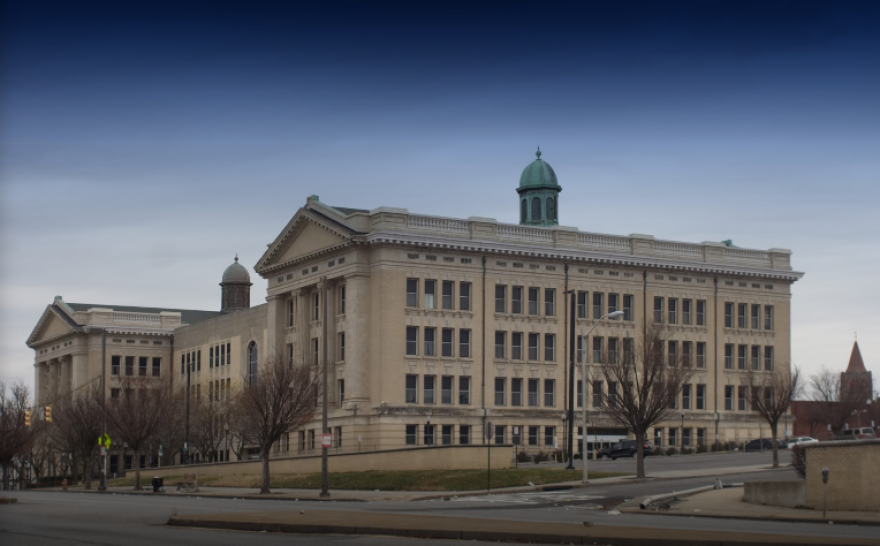The Baltimore City school board stared down a $21 million shortfall Tuesday night brought on by pandemic spending, as its CEO decides how to handle the rest of the fall term.
Like school systems throughout the nation, the city schools racked up costs to keep online instruction afloat and support students and families as classes went online in the spring and stayed there this fall. All in all, the district spent $131 million on initial pandemic-related expenses.
The district purchased 55,000 devices for students and teachers, 15,000 hotspots for students, thousands of meals to distribute to students and families and millions of dollars worth of cleaning supplies. The school has also seen a reduction in revenue generated by lunch meals.
“While those actions were necessary and critically important to our students and families, they resulted in significant, but unavoidable expenses to the district,” communications head Tina Hike-Hubbard wrote in an email to City Schools’ partners.
The district has received about $77 million in federal, local and philanthropic aid. Its fiscal year 2021 budget was approved in May. The budget for the fiscal year that began in July,, approved in May, did not account for any COVID-19 related costs.
To account for the shortfall, the district enacted a spending and hiring freeze at schools and cut third-party contractor costs in March, then laid off all temporary employees earlier this fall.
City Schools shifted fiscal year 2020 and 2021 funds wherever possible, including $16 million from 2020 close-out funds. Despite those measures, the $21 million shortfall that must be accounted for this fiscal year remains.
“From the very beginning, we have endeavored to save funds whenever possible,” the district’s Chief Financial Officer Christopher J. Doherty said at the board meeting. “We’re finding that this is more of a marathon than a sprint.”
The district has been able to meet its most immediate challenges, Doherty said, but has had to adopt a “years, not months” savings approach.
The district is expected to make an announcement about the rest of fall term by Friday. Students, teachers, parents and district leadership agree on one thing: that’s a tough equation, one that must account for the educational needs of students and COVID-19 spread concerns, while a pandemic that has exacerbated inequity rages on.
The district serves just under 80,000 students, three-quarters of whom are Black and and 13.5% of whom are brown. More than half of students come from low income families.
On Tuesday night, City Schools CEO Sonja Santelises did not specify what the fall term decision will be, but said it was critically important to deliver sustained, meaningful learning to students that need it most.
“The question I have been centering on in this moment is the meaning of the word essential,” she said. “Our essential responsibility is to meet the needs of all our students, especially those who are most vulnerable. We know that not all of our students are thriving in this virtual environment.”
The Baltimore Teachers Union has advocated for classes to remain online through the rest of this year, citing COVID-19 spread concerns for their students, their families and themselves and a lack of trust in district leadership to abide by safety protocol.
In a pre-recorded video at the meeting, BTU president Diamonté Brown said the district is interested in a small group instruction model that would later transition into hybrid learning.
She said the BTU does not trust the district, nor have evidence to believe that reopening plans are complete, being implemented properly or understood within rank and file school staff.
“Educators want to be back in person more than anything, but not until it’s safe,” Brown said.
Parents are also deeply concerned about keeping their families safe not only in the classrooms but during commutes and extracurricular activities should schools reopen, said Melissa Schober of the Parent and Community Advisory Board, which advises the Santelises and the school board.
“Again and again, we've heard families value choice,” she said. “If schools reopen in a hybrid model or fully face to face, families have emphasized the need to offer a completely virtual option until a vaccine or treatment is readily available.”




